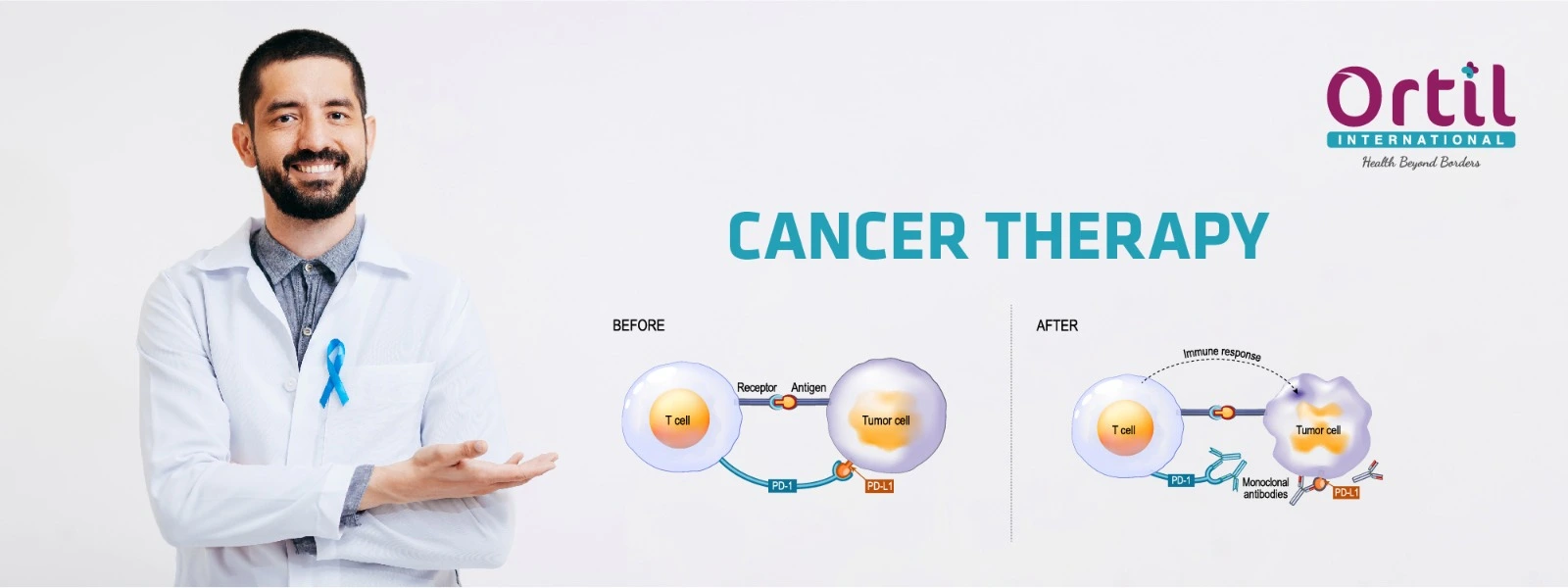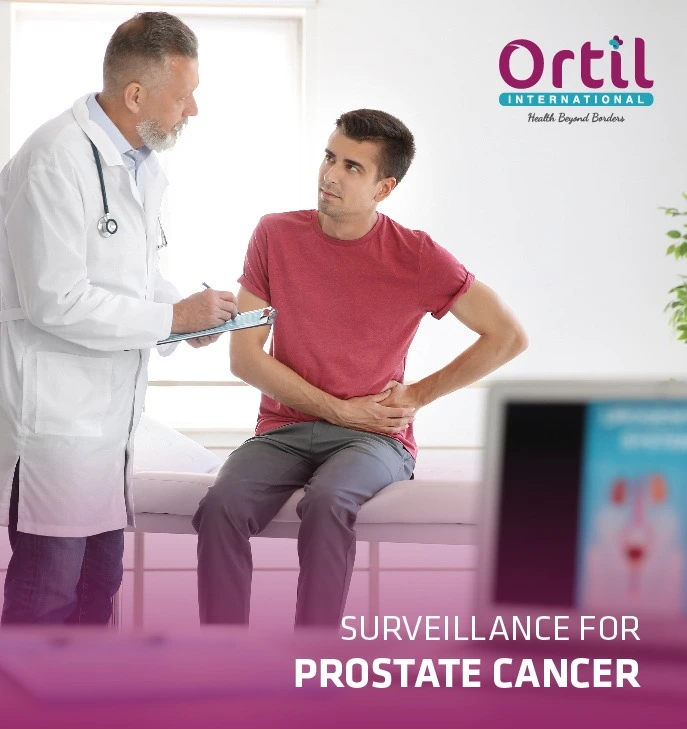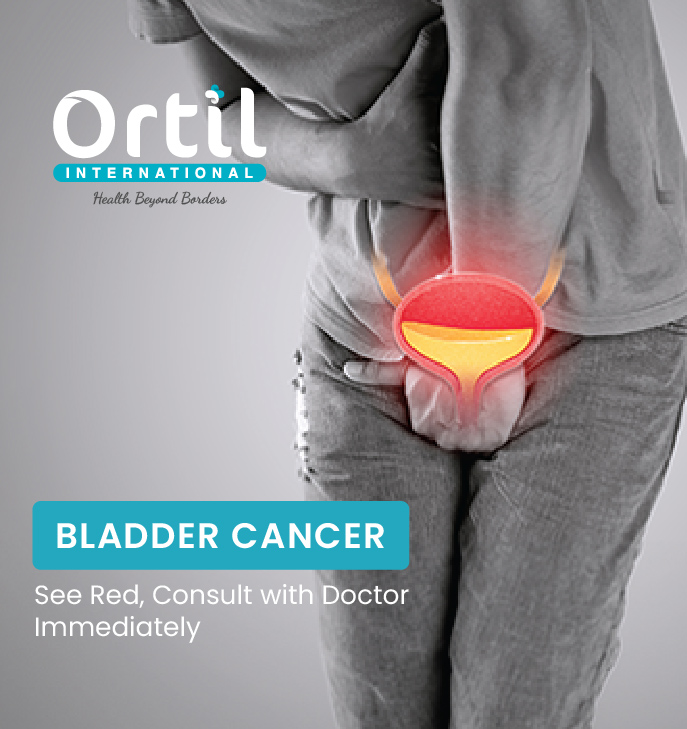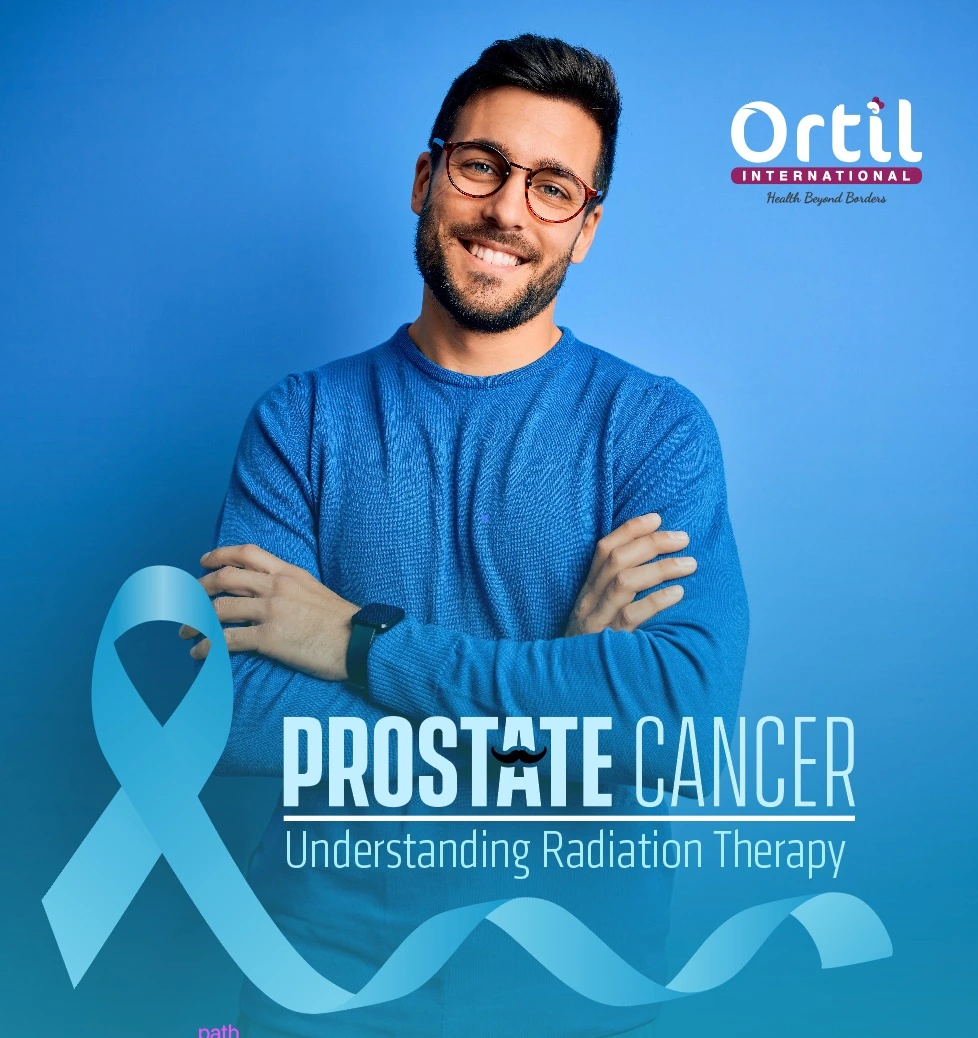Active Surveillance for Prostate Cancer

Active Surveillance and Watchful Waiting
Some of the people who have prostate cancer, the cancer cells in their prostate do not grow very fast. Sometimes the tumor just forms in one location without spreading to other areas even in the surrounding area. These patients don’t need any treatments other than active surveillance and watchful waiting.
Doctors gradually use Active Surveillance for the screening of prostate cancer. The nature of the tumor cells is monitored closely which gives the idea to your doctor that how will this tumor grow in future. This is very suitable to prevent any serious side effects of unnecessary chemotherapy and other treatment options.
Your doctor may suggest to do Watchful Waiting to just observe the tumor nature and growing pattern. They closely observe the signs and symptoms that can appear during the growth of a tumor before starting the treatment for prostate cancer. And then your doctor may suggest if you need any treatment or not.
Active Surveillance
In active surveillance, your doctor may suggest the number of tests for screening purposes. These tests are performed often and if there is any change observed by your doctor, they will start the treatment for prostate cancer in the best way possible. Some of the tests that are used in Active surveillance are:
- Prostate-specific antigen blood test
- Digital rectal exam (DRE)
- Prostate biopsies
- MRI
- PET Scan
Who Has Active Surveillance?
The option of Active Surveillance is for the people who have been diagnosed with prostate cancer in early stages. For example, you have developed prostate cancer but the tumor is in its early stages. So your doctor will recommend waiting before starting any treatment for prostate cancer. Active surveillance is for the people who have:
- No symptoms regarding to prostate cancer
- No growth of their tumor cells observed
- Tumor just inside the prostate
- A very low PSA level
Active Surveillance Testing Schedule
If you have all the above mentioned criteria, then you will have a prostate cancer active surveillance protocol which involves the proper schedule for each screening test. For each test there is a schedule to follow up and these are:
- Prostate specific antigen (PSA) levels in blood tests are performed every 6 months.
- Prostate biopsies that involve the tissue examined under laboratory conditions should be performed at least once a year.
- Digital Rectal Exam (DRE) in which doctors check for any mass in the rectum should be performed once a year.
- Imaging tests like PET scan and MRI should be performed after 2-3 years.
What Happens During Active Surveillance?
Your doctor will perform a Prostate Specific Antigen blood test to check the level of PSA. Doctors also perform digital rectal exams in which they insert a gloved, greased finger into a man's rectum to feel the prostate for any mass, like a tumor.
During active surveillance, if the symptoms increase and PSA level also increases with the passage of time, alongside positive findings in imaging studies, then your doctor will start the treatment for prostate cancer instead of just doing active surveillance for prostate cancer.
If these tests are positive, your doctor then correlates these findings with your symptoms and then chooses the best treatment for prostate cancer for you.
Watchful Waiting
When prostate cancer develops and is in the early stages of the disease. Then your doctor may choose to wait for some time to observe the nature of cancer. In this period of time, your doctor only treats the symptoms that you have and not actually treat the prostate cancer.
On the other hand, when prostate cancer is diagnosed in any older patient who has a very low expectancy of life, the watchful waiting for prostate cancer is used to just relieve the symptoms and not the prostate cancer.
Who Has Watchful Waiting?
Watchful waiting for prostate cancer is used for men who don’t need to be treated with chemotherapy and radiation therapy. Because the benefits from these treatments can be less than the side effects. In some cases, prostate cancer does not spread outside the prostate gland and just remains in the specific area. So watchful waiting is the best management for them. For example, you have diagnosed with prostate cancer, your doctor may suggest to do watchful waiting prostate cancer if you have:
- Minimal or no symptoms present at all
- The tumor is just inside the prostate gland
- Other health problems that makes it impossible to go for chemotherapy
- Older age with severe diseases and life expectancy less than 5 years.
What Happens During Watchful Waiting?
During watchful waiting, your doctor helps you to deal with daily life activities by just treating the symptoms you are experiencing. The type of treatment in which only the symptoms are resolved and not the actual disease, is known as palliative treatment.
For example, if you have pain your doctor will give you the painkillers and if you have abdominal discomfort or feeling nausea then your doctor will treat you with medications that control these symptoms.
In watchful waiting, your doctor can also provide you counseling to cope up with your emotions, and manage your occupation with great dignity. Your doctor may give you advice on sexual intercourse and hygiene.
What is a Watchful Waiting Approach?
Unlike active treatment options such as surgery or radiation therapy, watchful waiting focuses on observing the cancer's behavior over time. It is often considered for older men with low-risk prostate cancer or those with severe diseases that may make aggressive treatment less beneficial. The goal is to avoid side effects and complications of immediate treatment while maintaining a good quality of life.
It is important to note that watchful waiting requires regular screening and open communication with your doctor. The decision to choose watchful waiting should be made after the discussion of the pros and cons based on each individual's condition.
What are the Advantages of Watchful Waiting?
Here are some benefits of choosing watchful waiting:
- Avoiding the Side Effect: By watchful waiting, you can avoid the adverse side effects that may happen in the chemotherapy or radiation therapy treatment for prostate cancer.
- Reduced Need for Monitoring: Watchful waiting reduces the need for regular MRI scans or prostate biopsies, which can save you time and spare you from invasive procedures.
- Symptom Management: there are treatments available to effectively manage and stop the symptoms. However, it's important to note that many men undergoing watchful waiting never require any treatment at all.
FAQ's of Active surveillance for Prostate Cancer
What is the Best Way to Monitor Prostate Cancer?
PSA level and DRE exam are the best ways to monitor prostate cancer.
How Many Ways Can You Check Prostate Cancer?
Prostate antigen level, Digital rectal exam, Biopsies and Imaging studies are all the ways to check prostate cancer.
What are the 5 Warning Signs of Prostate Cancer?
- Pain during urination
- Blood in urine
- Erectile dysfunction
- Urinary incontinence
- Blood in semen
How Can I Test for Prostate Cancer at Home?
After learning the procedure of the digital rectal exam, you can perform DRE at home but it is usually not recommended to do any exam for prostate cancer at home as you have no experience of feeling any mass.
What is the Best Scan to Check the Prostate?
CT scan, MRI and PET scan are the best way to check prostate.






















